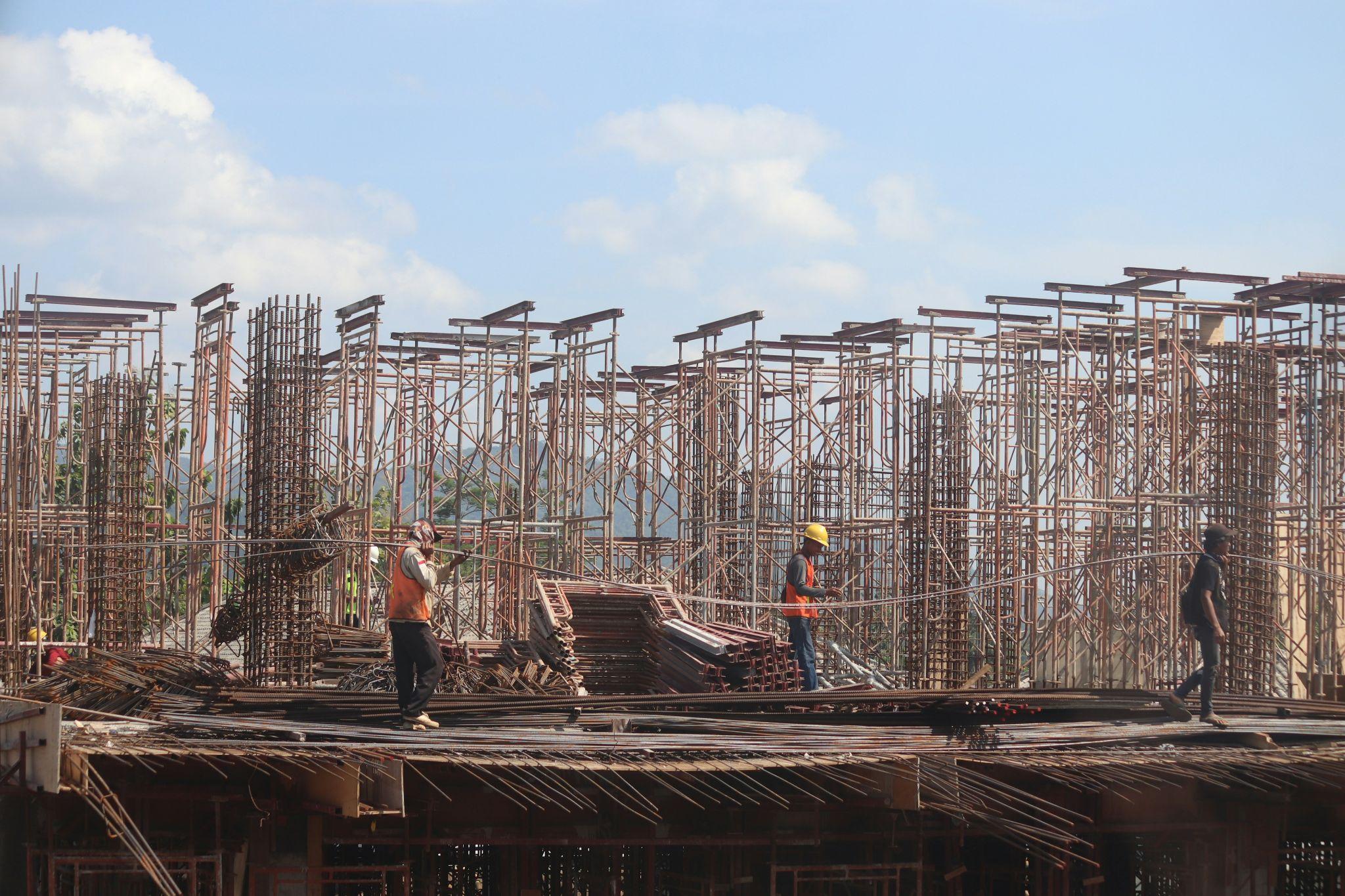Durability in construction projects is paramount to their long-term success and functionality. As buildings face diverse challenges, innovative solutions are crucial to enhance their lifespan and performance. From advanced materials to cutting-edge construction techniques, ensuring durability requires a multifaceted approach. This article delves into some of these innovative strategies, focusing on basement waterproofing and healthcare facility construction as key areas where durability is vital.
Advanced Basement Waterproofing Techniques
Basement waterproofing is essential in maintaining the structural integrity of any building. Water infiltration can lead to significant damage, including mold growth, foundation weakening, and interior damage. Innovative basement waterproofing techniques, such as the use of crystalline waterproofing materials, ensure long-lasting protection. These materials penetrate concrete to form crystals that block water pathways, providing a permanent solution to water seepage.
Moreover, modern waterproofing systems include the application of flexible membrane liners that adapt to structural movements. These liners create an impermeable barrier, effectively preventing water ingress. Implementing such advanced waterproofing solutions not only extends the building’s lifespan but also enhances its safety and usability.
Enhancing Durability in Healthcare Facility Construction
Healthcare facilities demand the highest standards of durability due to their continuous operation and critical function. Innovative construction solutions in this sector focus on using durable, antimicrobial materials that can withstand rigorous cleaning protocols and heavy usage. High-performance flooring systems, such as seamless resin floors, offer exceptional durability and are resistant to chemicals, stains, and impact.
Additionally, modular construction techniques are gaining popularity in healthcare facility projects. These healthcare facility construction techniques allow for the prefabrication of building components in a controlled environment, ensuring high-quality standards and faster construction times. By integrating robust materials and construction methods, healthcare facilities can achieve long-term durability, ensuring they remain functional and safe for years to come.
Incorporating Sustainable Materials
Sustainability is a key aspect of durable construction. Using eco-friendly and sustainable materials, such as recycled steel and bamboo, not only supports environmental goals but also enhances the longevity of buildings. These materials are known for their strength and resilience, making them ideal for long-term use. Incorporating sustainable materials ensures buildings are not only durable but also environmentally responsible.
Leveraging Smart Building Technologies
Smart building technologies play a crucial role in enhancing the durability of modern structures. Sensors and IoT devices can monitor various aspects of a building’s performance, from structural health to environmental conditions. These technologies provide real-time data that helps in proactive maintenance and early detection of potential issues. By leveraging smart technologies, building owners can ensure timely interventions, thereby extending the building’s durability.
Conclusion: A Holistic Approach to Durability
Ensuring the long-term durability of building projects requires a comprehensive approach that combines innovative materials, advanced construction techniques, and smart technologies. From the critical need for effective basement waterproofing to the specialized requirements of healthcare facility construction, each aspect plays a crucial role. By adopting these innovative solutions, the construction industry can build structures that stand the test of time, providing safety, functionality, and sustainability for future generations.


